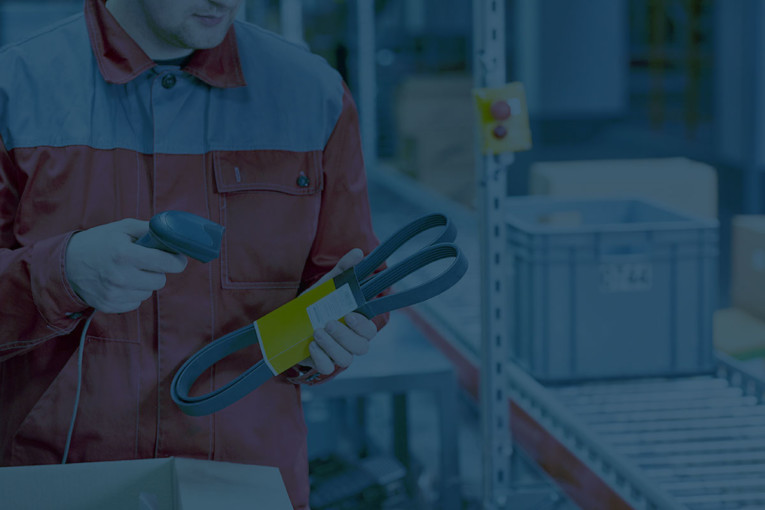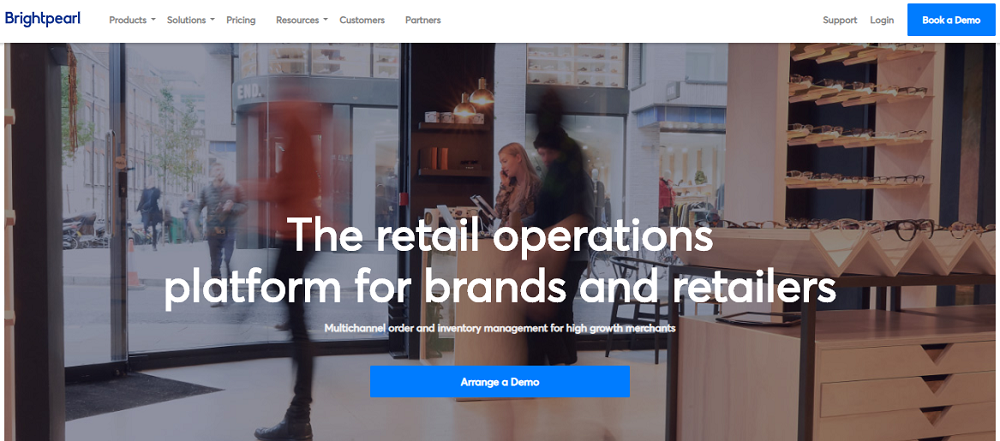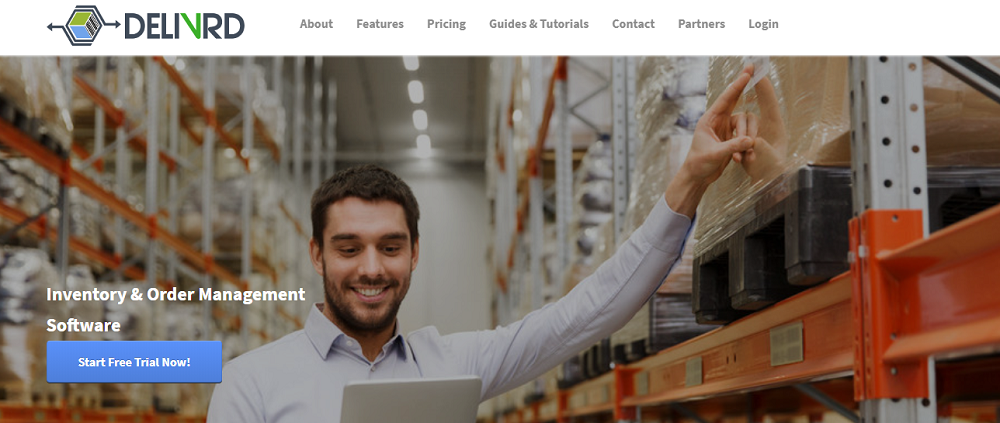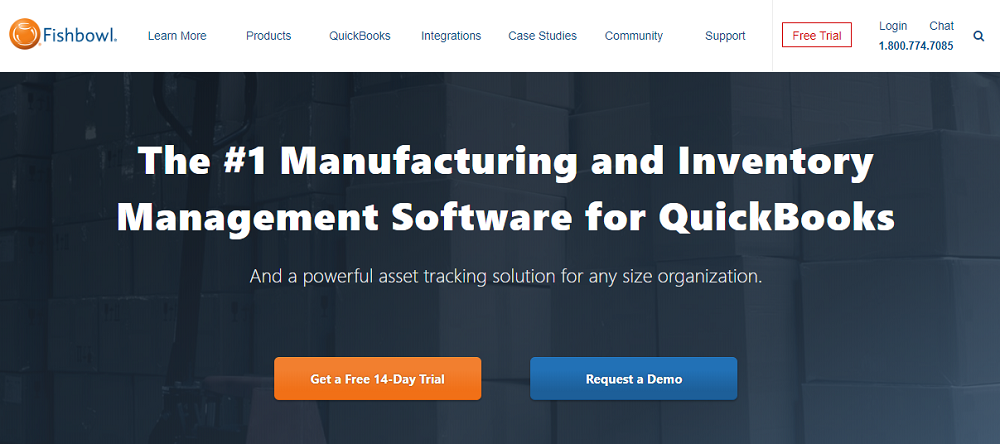In its simplest form, order fulfillment refers to the entire process of successfully completing customer orders. It includes all the activities from the moment a customer places an order to when they receive the product.
As you can probably imagine, this process includes several activities. And unless your company engages in order fulfillment, you might be unaware of everything that goes on behind the scenes and how companies can deliver products to consumers.
In this post, we’ll delve deeper into the different steps involved in the order fulfillment process to help you understand its importance for a company’s supply chain.
What Is Order Fulfillment?
Every industry has its particular way of operating order fulfillment activities. Broadly speaking, it involves all of the steps required for receiving, processing, and delivering the products customers order. The steps generally include warehousing, picking, packing, and shipping.
Order fulfillment poses several challenges for companies:
-
Demand Planning. A company must forecast how much demand for a product there will be and how to create demand for the product through promotional activities.
-
Inventory Management. Successful order fulfillment enables companies to meet customers’ expectations, which requires them to have the ordered product available in their inventory.
-
Supply Chain Execution. If there is an increase in the demand for a product and your inventory is short or out of stock, how quickly can you restock it? And how fast can the manufactured product be transported to your inventory? An efficient supply chain execution helps companies tackle these issues and successfully meet customer orders.
-
Logistics Planning. Logistics planning deals with the channels used for delivering products to end customers and the time it takes to complete the order successfully.
Companies that lack the capability, experience, or resources to efficiently perform order fulfillment use a third-party service to handle these activities instead of handling it in-house.
The 5-Step Order Fulfillment Process
Receiving
The first step in delivering the ordered product involves receiving inventory from the producer or supplier of the product. When they transport the inventory to the warehouse, the company (or its fulfillment service provider) performs the following tasks:
-
Makes sure that the number of items received at the warehouse matches the number of items ordered from the manufacturer or the supplier.
-
Checks to see whether any of the received items are damaged or spoiled.
-
Tracks the location and quantity of items sold by adding SKUs to the warehouse management system.
-
Makes sure all items have barcode labels or SKUs.
For businesses that decide to outsource order fulfillment, a third-party service or supplier will perform all of these tasks.
Inventory Storage
After all of the received items have been counted, checked, labeled, and added to the warehouse management system, they are now ready to be shelved. Successful order fulfillment operations rely on efficient and accurate inventory storage.
Companies use machine-readable barcodes to label individual storage bins. These bins contain only a portion of the total inventory while they store excess storage in other parts of the warehouse. If the demand for an item is high, it will be kept near the order packing stations.
Warehouse management software can help with the occasional reorganization of bins as product demand changes over time. Companies who enlist third-party order fulfillment services simply send the customer’s order request directly to them to handle all of these tasks.
Order Processing
Once the inventory items have been checked, sorted, and shelved, the next step is order processing. When the vendor or the fulfillment service receives an order, this next step begins.
Companies tend to utilize different channels for completing orders. For example, online sellers integrate their shopping cart with order fulfillment software to automate order processing at the warehouse.
As the order reaches the warehouse, the workers gather and deliver individual items from the shelves to the order packing station. At the station, each item will be thoroughly inspected for quality, scanned, and packed. Necessary seals and slips are applied before moving them to the shipping station.
Companies that hire a third-party order fulfillment provider don’t have to worry about these tasks. They merely forward customer orders and let them take care of these tasks.
Several factors affect a company’s decision about choosing a method or technology for handling order processing. In part, this depends on the type of items the vendor sells.
Shipping
Once the ordered items have been packed, they are taken to the shipping station to be delivered to the customer. The shipping station weighs each packed item individually and determines the best method for shipping that order.
Sometimes the products can be transported to the end customer using only one carrier, like FedEx. Some businesses receive orders of varying sizes and unique requirements to be transported to domestic customers (or overseas), which makes the shipping process complicated.
Shipping providers keep vendors notified about the status of an order, ensuring both the vendor and the customer know when the ordered items will be delivered.
Handling Returns
When a customer receives a product, they have a given number of days to return the product. If they do return the product, their order will most likely need to go through all of the stages again. In a way, this stage validates the efficiency of the order fulfillment process.
Customers expect to receive the right package, in good condition, at the right time. It is the seller’s responsibility to ensure they meet customer requirements. And in case of damage or delay to the package, the customer is reimbursed.
Successful order fulfillment requires companies to create both an in-house and a customer returns policy. An in-house return policy tells your staff how to handle returns when they are received back at the warehouse. And a customer return policy should be posted on the vendor’s site that informs the customers about how they can return products to the warehouse.
The Software Landscape
VeraCore
VeraCore is order fulfillment software that combines an order management system and a warehouse management system into a single platform. It integrates with many e-commerce platforms including Shopify, BigCommerce, UltraCart, WooCommerce, Amazon.com, Magento, and more.
Brightpearl
Brightpearl is order fulfillment and shipping management software that companies use to run efficient print, pick, and pack processes. The platform integrates with Shopify, BigCommerce, Magento, Amazon, and eBay.
Delivrd
Delivrd offers cloud-based inventory management software that enables companies to operate order fulfillment. It offers integrations with several e-commerce platforms including eBay and Shopify.
Fishbowl Inventory
Fishbowl is manufacturing and inventory management software for QuickBooks. You’re able to integrate with a number of accounting, shipping, and CRM tools including Salesforce, FedEx, Dropbox, and Xero to automate order fulfillment processes. The platform works seamlessly with Shopify, BigCommerce, Magento, Amazon.com, eBay, WooCommerce, and more.
Conclusion
Efficient order fulfillment helps companies successfully deliver items to their customers. Companies lacking in-house expertise, experience, or resources can outsource these activities to a third-party service provider.
Let’s quickly recap the five steps involved in the order fulfillment process:
-
Receiving. The company receives an order from the customer through phone, email, vendor’s website, or in person.
-
Inventory Storage. Order notification is sent to the warehouse inventory system.
-
Order Processing. Upon receiving order request, the warehouse staff finds, picks, and packs the ordered item and readies it for shipment.
-
Shipping. Packaged item is shipped and the customer is notified about their order’s status.
-
Handling Returns. Returned goods are received at the warehouse and the customer is reimbursed.








